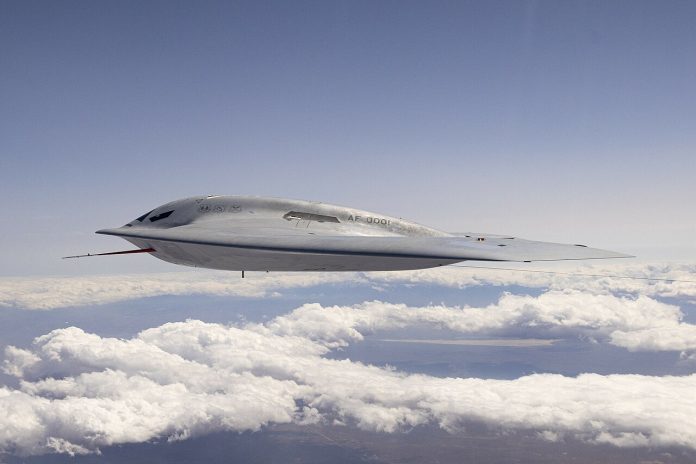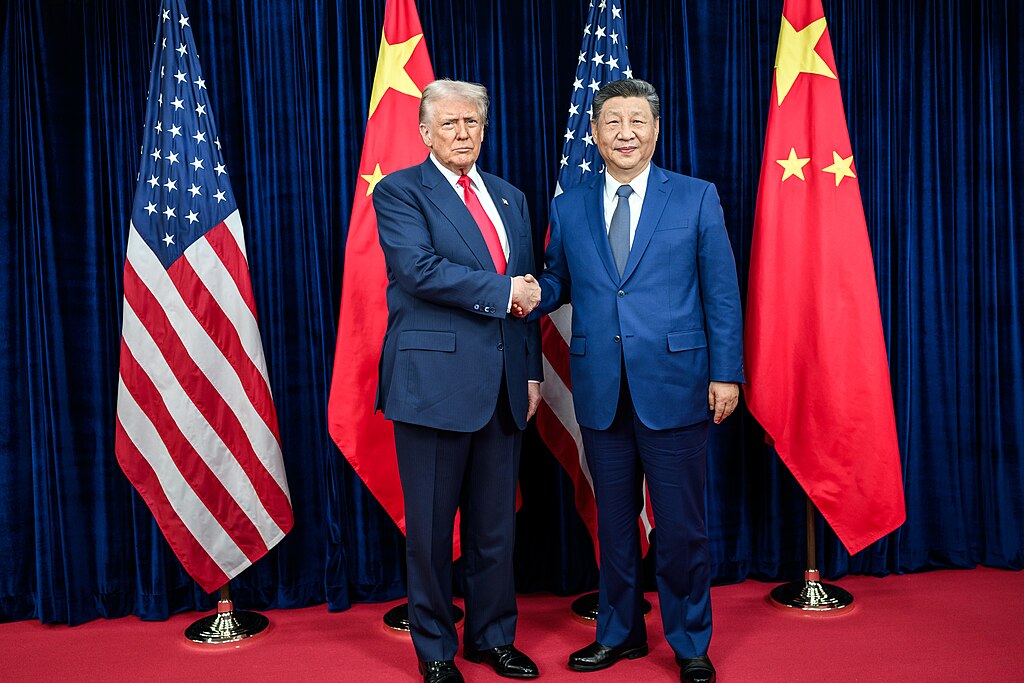
“If they’re going to test, I guess we have to test.” With that single remark aboard Air Force One, President Donald Trump signaled a potential break from three decades of U.S. nuclear restraint. The announcement, made just before high-stakes meetings with Chinese President Xi Jinping, has reverberated through defense circles and diplomatic channels alike.
To the politically attuned observer, the implications are profound: resuming nuclear testing would be more than a technical exercise; it would constitute a strategic pivot with consequences for arms control, global stability, and the balance of deterrence among the world’s nuclear powers. This listicle examines the key dimensions shaping the debate, from engineering realities of underground detonations to geopolitical signals aimed at Moscow and Beijing.
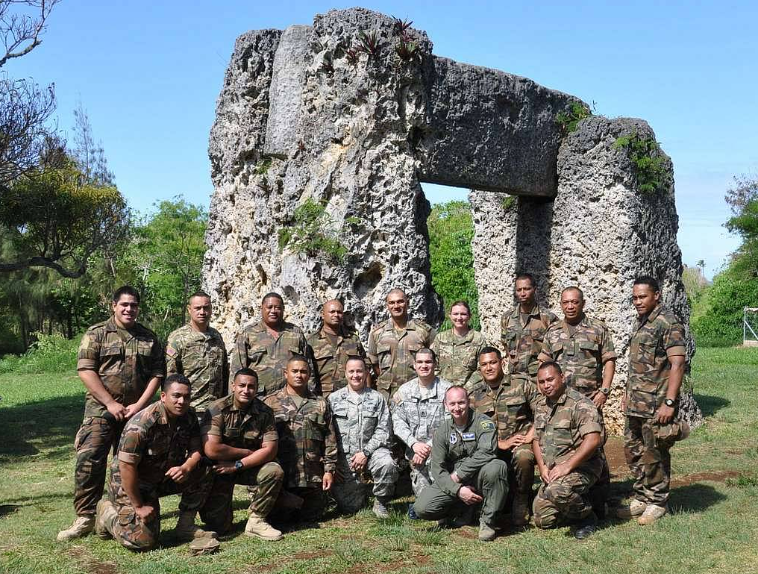
1. The Nevada National Security Site: America’s Only Test Ground
The Nevada National Security Site, located approximately 60 miles northwest of Las Vegas, measures 1,300 square miles, which is larger than Rhode Island. Historically, the site conducted tests in the atmosphere up until 1962, and then detonations moved underground. Modern testing would occur in deep mineshafts or mountain tunnels, with the device sealed in a chamber to contain the blast. While underground methods reduce atmospheric fallout, past events have still caused radioactive leakage and seismic tremors. Experts say that high-rises in Las Vegas were never designed for significant seismic activity, such as the Stratosphere and Trump Hotel, raising concern over collateral damage.
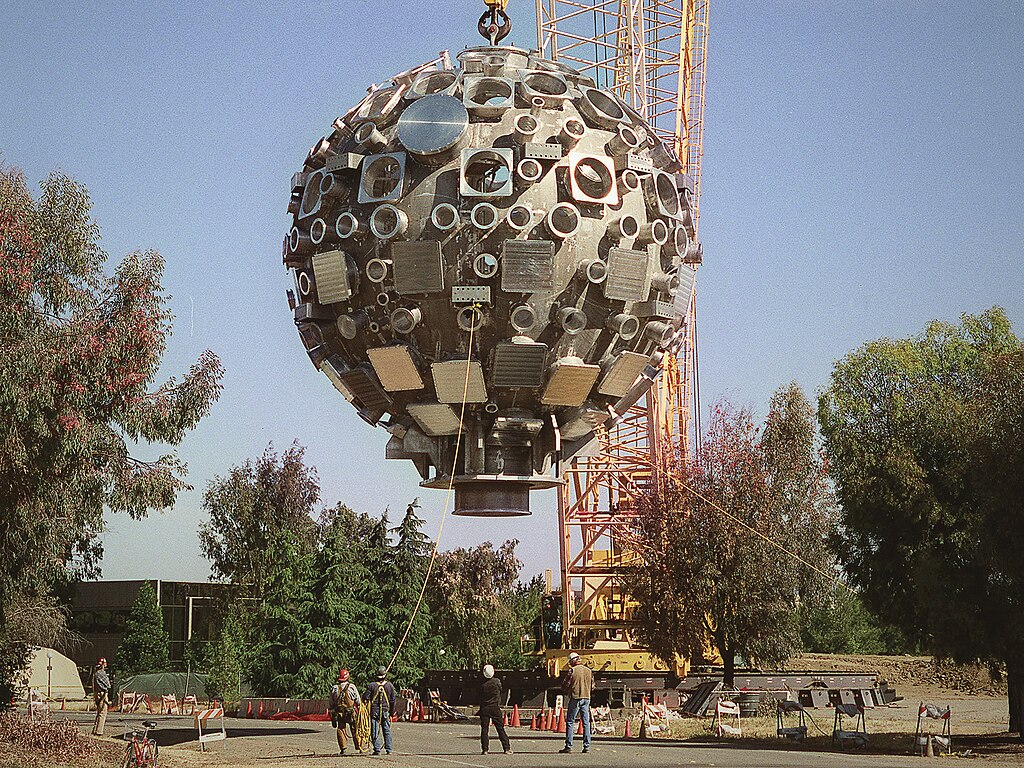
2. Technical Readiness: A 36-Month Timeline, Not ‘Immediate’
Despite presidential directives for the process to start “immediately,” the National Nuclear Security Administration’s own 2024 Stockpile Stewardship and Management Plan retains a 36-month underground explosive testing readiness timeline. Funding for test readiness has not been separately requested since 2010. Preparing a scientifically valuable test could take several years, requiring drilling, instrumentation, and safety protocols. Experts note that many personnel with direct experience in live nuclear detonations have retired, adding to the logistical complexity.

3. Russia’s Provocative Weapons Trials
Moscow’s recent reveal of the nuclear-carrying Poseidon underwater drone and the Burevestnik cruise missile has been framed as a breakthrough in survivable, second-strike capabilities. President Vladimir Putin boasted that the Poseidon has “no existing interception methods” and is capable of creating radioactive tsunamis against coastal targets. The Burevestnik reportedly flew 8,700 miles over 15 hours, skirting air defenses. While technically impressive, analysts like Patrycja Bazylczyk at CSIS caution that these systems pose more radiological risks than strategic advantages.

4. What China Might Achieve by Testing Again
The US has performed 1,054 nuclear tests, Russia 715, and China a mere 47. Such asymmetry in past testing suggests that if testing resumes worldwide, Beijing would have the greatest opportunity to gain more knowledge relating to weapons design. China’s arsenal has grown from 300 warheads in 2020 to about 600 in 2025, with projections of more than 1,000 by 2030. Resumption of testing by Washington could result in similar moves by Beijing-both eroding the norm enshrined in the Comprehensive Test Ban Treaty and accelerating China’s modernization.

5. The Arms Control Context: New START’s Looming Expiration
The 2010 New Strategic Arms Reduction Treaty limits deployed strategic warheads to 1,550 for each the United States and Russia. It expires in February 2026, and negotiations for a successor have foundered amid tensions over Ukraine. Putin has offered a one-year extension if Washington reciprocates, but no formal agreement has been reached. Without a treaty, both sides could expand arsenals; U.S. launchers could upload far more warheads than Russia’s, potentially destabilizing deterrence.

6. Cost Considerations and Strategic Trade-Offs
Every full-scale nuclear test would come in at about $140 million, according to Nuclear Threat Initiative’s Paul Dean. Siphoning resources into test site preparation would delay nuclear modernization programs, like procurement of the B-21 bomber and the development of a sea-launched cruise missile. The bipartisan Strategic Posture Commission has recommended expanding the strategic arsenal without resorting to the resumption of explosive testing, making modernization a greater priority than demonstration detonations.
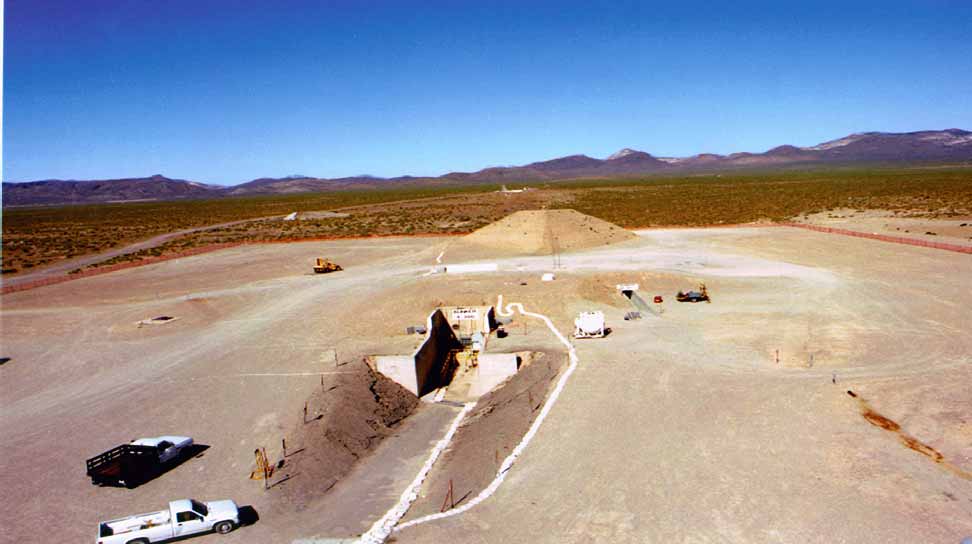
7. Environmental and Public Health Risks
Above-ground testing was banned under the 1963 Partial Test Ban Treaty due to severe fallout impacts. Even underground tests risk “venting” radioactive material, as has happened in earlier Nevada detonations. The Department of Justice has paid $2.6 billion in compensation under the Radiation Exposure Compensation Act to more than 41,000 claimants in affected states. Resuming tests could revive public opposition, especially in Nevada, where congressional representatives have vowed legislative action to block them.
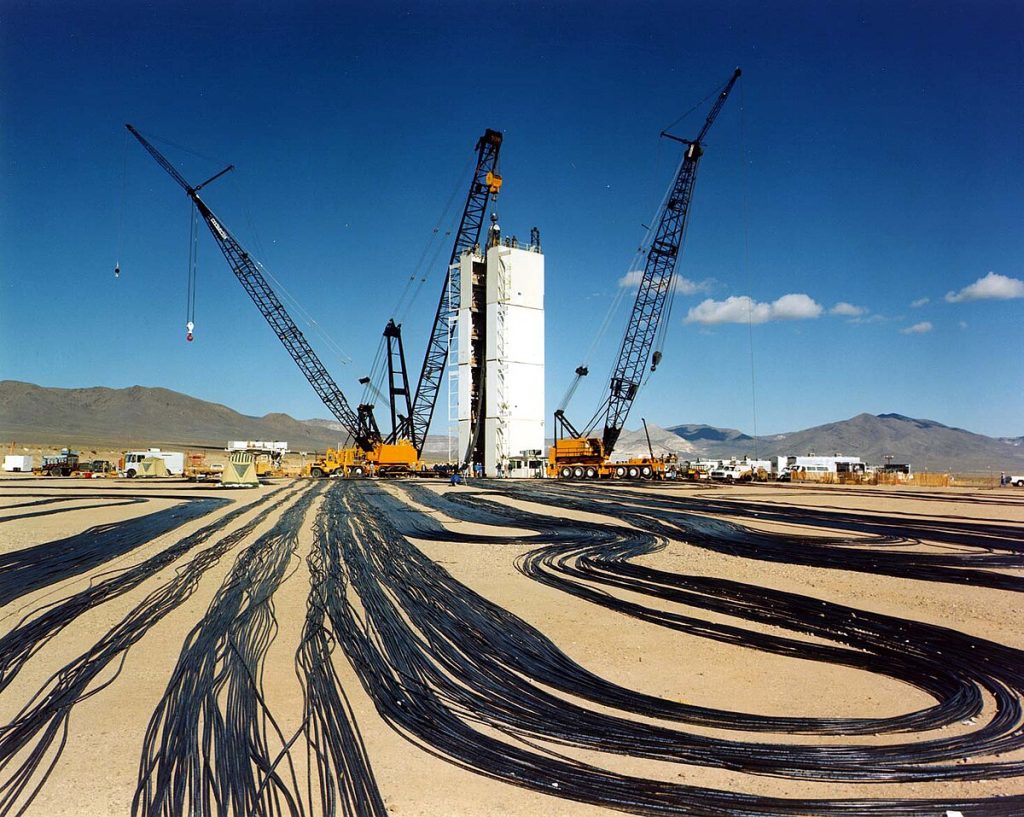
8. Distinguishing Nuclear Blasts from Earthquakes
Research such as the Source Physics Experiment has used chemical explosives to simulate underground nuclear detonations that help scientists to delineate seismic signatures from natural earthquakes. These studies have found that explosions tend to create more compressional waves, while earthquakes create larger fractions of shear waves. Data such as these form the bedrock on which global monitoring systems detect clandestine tests and further scientific infrastructure that already exists without live nuclear detonations.
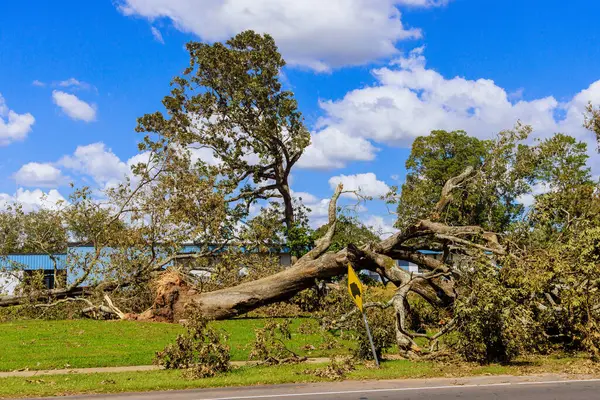
9. Signaling Versus Scientific Necessity
Nuclear scientists at Los Alamos and other national labs insist that existing simulations and non-explosive experiments are sufficient to ensure arsenal reliability. In the words of Don Haynes at Los Alamos, there are no “system questions” that warrant the expense and risk of a live test. This leaves open the possibility that Trump’s directive is more about geopolitical signaling the appearance of parity with Russia and China than it is about a technical need.
Trump’s call to resume nuclear testing has reopened a debate that mixes engineering feasibility, strategic calculus, and diplomatic risk. While the Nevada desert remains the only viable site, the technical lead time, environmental hazards, and geopolitical consequences suggest any actual detonation would be years away. In the meantime, the announcement itself may serve as a tool of strategic messaging one that could alternatively pressure rivals toward arms control or push them toward their own tests, with the risk of a reversal of decades of nuclear restraint.
